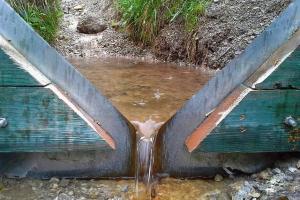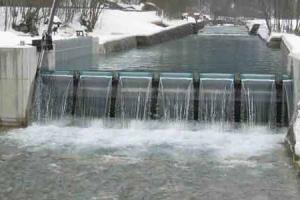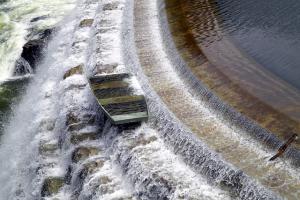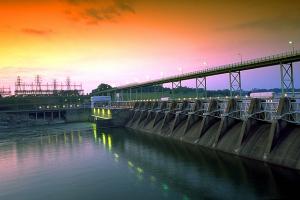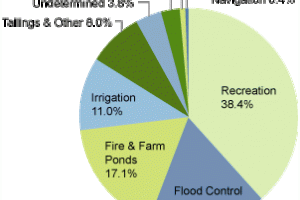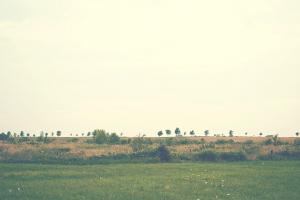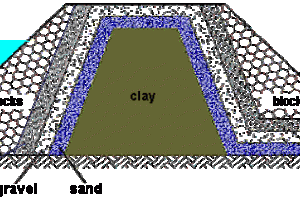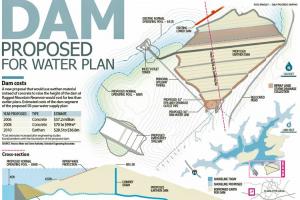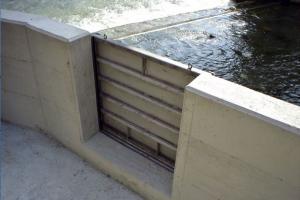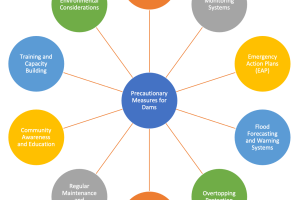Typical Cross Section of Earth Filled Dams
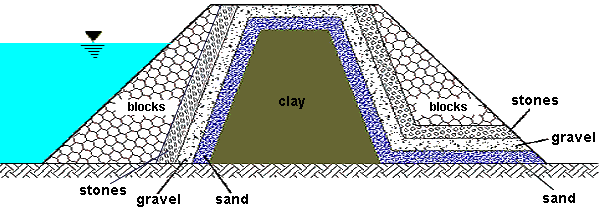
Earth-filled dams are a common type of dam structure used worldwide for water storage, flood control, and hydropower generation. These dams are constructed by compacting layers of earth materials such as soil, rock, and clay to form a barrier that retains water. One critical aspect of designing an earth-filled dam is the cross-section, which determines its stability, strength, and overall performance. In this article, we will delve into the key elements and features of the cross-section of earth-filled dams.
Components of an Earth-Filled Dam Cross Section
1. Upstream Face:
The upstream face of an earth-filled dam refers to the side in direct contact with the impounded water. It is typically inclined to resist the hydrostatic pressure and wave action. The face can be protected by various erosion control measures such as rock riprap, concrete, geotextiles, or a combination thereof. These measures safeguard the dam against erosion caused by water flow and provide stability.
2. Crest:
The crest of the dam is the highest point, forming a horizontal platform that allows for safe passage, maintenance, and surveillance. It serves as a containment barrier for the impounded water, preventing overflow. The crest may incorporate a drainage system to manage seepage and collect runoff, preventing erosion and preserving the dam's structural integrity.
3. Downstream Slope:
The downstream slope is the side of the dam opposite the upstream face. It is usually designed with a gentler slope compared to the upstream face. This gradient provides stability against external forces, such as soil erosion and the weight of the impounded water. Additionally, the downstream slope may include features such as erosion protection measures, vegetation, or drain systems to control and manage seepage.
4. Toe:
The toe of an earth-filled dam refers to the base or bottom of the structure, which rests on the foundation. It plays a crucial role in transmitting the forces exerted by the dam to the underlying soil or rock. The toe is often reinforced with compacted material and can incorporate a toe drain system to collect and control seepage.
5. Zoning and Compaction:
The cross-section of an earth-filled dam is typically divided into different zones based on the nature of the materials used. These zones may include a core zone, filter zones, and shell zones. The core zone is composed of low-permeability material such as clay and is responsible for preventing seepage through the dam. Filter zones, made of granular material, allow for controlled seepage and prevent the migration of fines. Shell zones are composed of coarser materials and provide stability and erosion resistance.
6. Berm:
In some cases, a horizontal platform called a berm may be included on the upstream face of the dam. It serves as a transition zone between the steeper upstream slope and the flatter crest, providing additional stability and facilitating drainage.
Core:
The core is an impermeable or low-permeability barrier that runs along the length of the dam. It is typically made of compacted clay or an engineered material called a geosynthetic clay liner (GCL). The core helps prevent seepage of water through the dam and reduces the risk of internal erosion.
Filter/Drainage Zone:
A filter or drainage zone is often included between the core and the outer shell of the dam. It consists of a granular material that allows water to pass through while preventing the migration of fine soil particles. The filter/drainage zone helps maintain stability by dissipating pore water pressure and preventing the development of excessive uplift forces.
Shell/Shell Zone:
The shell or shell zone forms the bulk of the dam and is composed of compacted soil or rockfill material. It provides structural stability and resistance against external forces, such as water pressure and seismic forces.
Importance of Cross-Section Design
The cross-section design of an earth-filled dam directly influences its stability, seepage control, and overall performance. Factors such as the height of the dam, water pressure, soil properties, and geological conditions influence the design parameters. Proper design and construction techniques ensure that the dam can withstand the forces acting upon it, including water pressure, seismic activity, and external loads. The cross section design also considers factors like long-term settlement, embankment stability, and protection against erosion, ensuring the dam's longevity and safety.
The cross section of an earth-filled dam is a critical element in its design and construction. It plays a vital role in ensuring stability, seepage control, and overall performance. The proper design and features of the cross section, including the upstream face, crest, downstream slope, toe, zoning, and compaction, contribute to the dam's effectiveness and longevity. With careful consideration of geological conditions, hydraulic factors, and engineering principles, earth-filled dams can provide reliable water storage, flood control, and hydropower generation, benefiting communities and supporting sustainable development.



